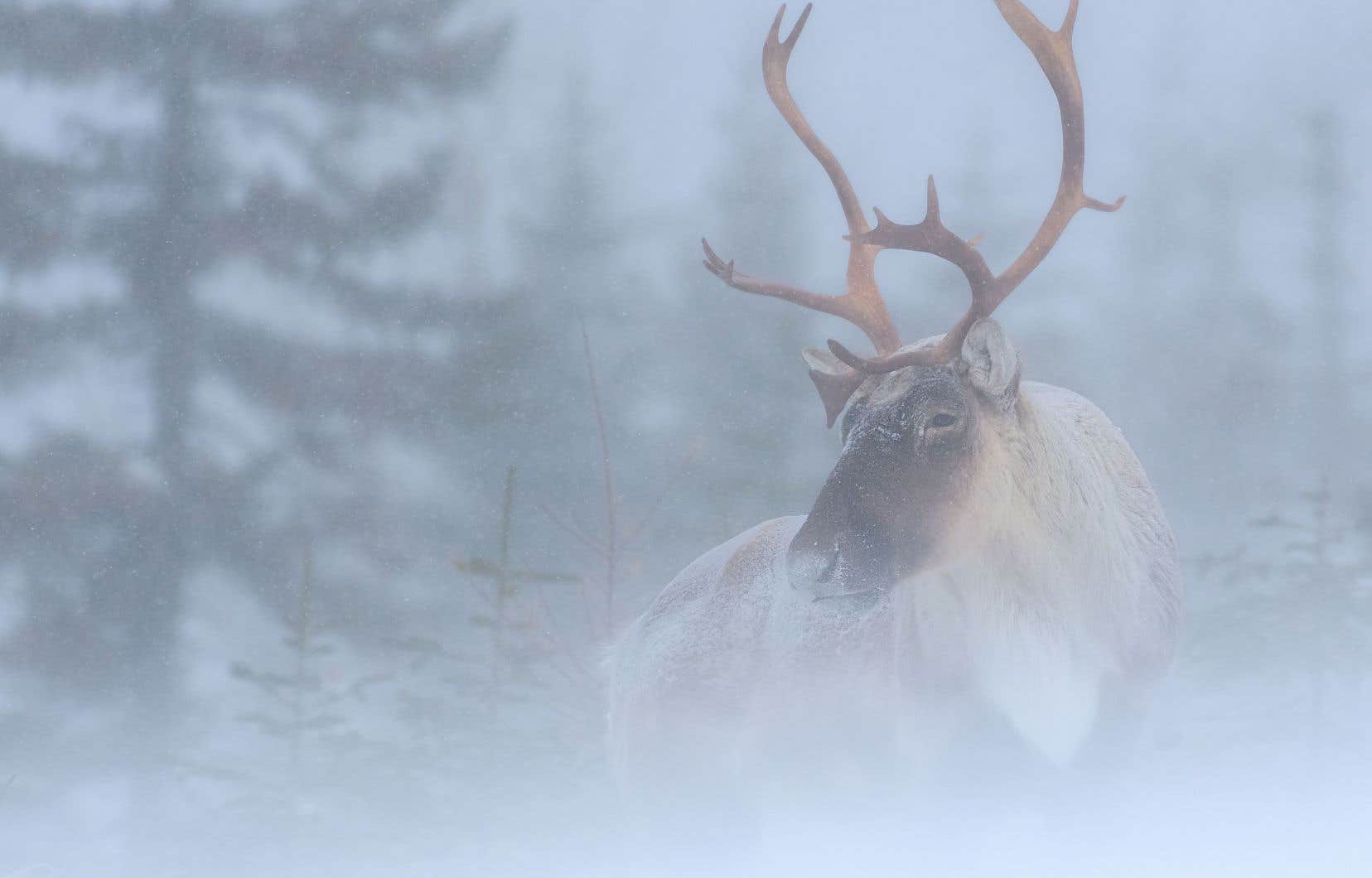The Legault government is once again postponing the publication of the draft government “strategy” to try to avoid the disappearance of the woodland caribou. Protecting the threatened deer will involve preserving and restoring entire sections of the boreal forest that have been degraded by the logging industry, warns a species expert.
The Legault government has already postponed the presentation of this strategy to save the emblematic species of the vast boreal forests of Quebec, but also of the way of life of the First Nations, several times since April 2019.
The presentation of the document, which will subsequently be submitted to consultations, was finally to take place before the end of this year, that is to say almost a year and a half after the submission of the report produced by an “independent commission” set up by the Legault government.
In interview at The Press, the Quebec Minister of the Environment, Benoit Charette, however announced that the strategy would finally be presented in 2024, almost five years after the first postponement by the CAQ government. “This summer’s exceptional forest fires required new calculations from the chief forester. These figures were revealed at the end of November, following which our ministry worked to finalize the strategy. We will present everything to you shortly,” his office said on Wednesday. Duty.
“How long will the Legault government be able to stretch the rubber band before the federal government intervenes? While interministerial discussions drag on, caribou continue to disappear,” declared the general director of Nature Québec, Alice-Anne Simard, on Wednesday.
Director general of the Society for Nature and Parks (SNAP) in Quebec, Alain Branchaud said he would like the publication of a document at the beginning of 2024. “Our analysis of the strategy will focus on scientific criteria. once this has been published, in particular on the application or not of the strategy in the southern portion of the distribution area of the species, the presence of new protected areas in priority sectors, estimated at approximately 35,000 km2and the regime of activities permitted by the various protection measures that will be proposed,” he argued.
“Absolute uncertainty”
A recognized caribou specialist and professor at the University of Quebec at Rimouski, Martin-Hugues St-Laurent was not consulted in the development of the Quebec strategy.
But for him, the observation is clear: “What science says is that we are witnessing a decline in caribou in areas where logging is carried out and where a network of forest roads is maintained. »
However, he fears that the government will adopt the approach – repeatedly repeated by political decision-makers – that by authorizing a maximum of 35% habitat disturbance, we can hope to have a 60% chance of maintaining a stable population. . “If we set ourselves the objective of limiting disruptions to 35%, we are on the wrong track. This rate of 35% represents the maximum uncertainty. If I ask you to stand on the edge of a Grand Canyon cliff with 35% of your shoes in the air and tell yourself that you have a 60% chance of not falling, you are not going to do it,” says -he to illustrate his point.
Mr. St-Laurent instead insists on the need to protect the last forest massifs located south of the northern limit of forests attributable to industry, but also to restore forest environments around these massifs, so as to create areas of essential “connectivity” for caribou.
The scientist adds that the preservation of entire sections of the boreal forest also promotes the survival of several other wildlife species, in addition to constituting important carbon sinks for the fight against the climate crisis.
Concerns also remain for the survival of caribou herds which are “isolated” in Val-d’Or, Charlevoix and Gaspésie. In all three cases, Mr. St-Laurent emphasizes the need to restore their habitats and control predators, so that enclosure measures can prove successful. He cites as an example the case of the Klinse-Za caribou herd in British Columbia, which was saved from extinction thanks to such measures.
